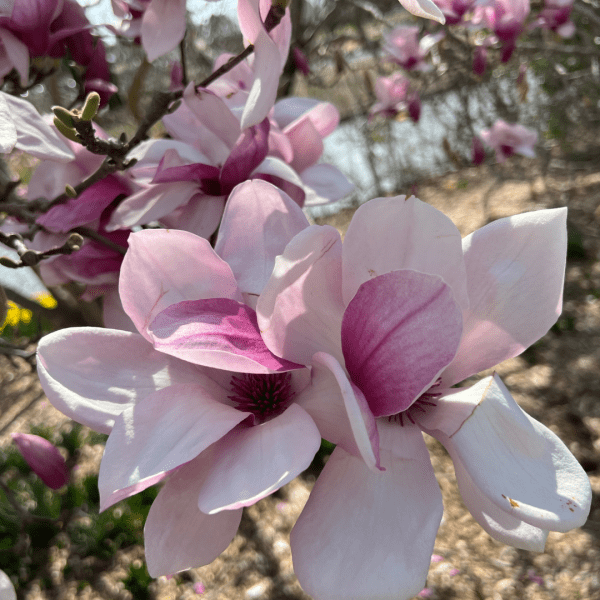

Camellias
These old Southern favorites are actually native to China, Japan, and Korea. Camellias (Camellia japonica and hybrids) are prized for their large showy, winter and spring-blooming flowers. Although they are planted throughout NBG, the best place to see them is in the Hofheimer Camellia Garden. NBG has an internationally recognized camellia collection with over 1000 different varieties and nearly 2000 individual plants.
Located – Hofheimer Camellia Garden
Chinese Snowball Viburnum
The large pale lime blossoms of this plant (Viburnum macrocephalum) will make some think a hydrangea on steroids has bloomed way too early. Their blossoms are so similar, but this old-fashioned favorite is always an early spring bloomer. We have two in The Border Garden that are quite large and always draw attention. They are heavily budded and just a week or two away from full bloom.
Located – The Border Garden


Daffodils
March is the peak month for daffodils (Narcissus species and hybrids), but with the right selection you can have them blooming from January through April. Right now most of the early and mid-season varieties are through, but there are quite of few later bloomers still flowering. We celebrate Daffodil Daze every March with a series of Garden Walk and Talks, and daffodil themed classes.
Located – Garden Wide
Laurustinus
Covered in masses of white flowers, laurustinus (Viburnum tinus ‘Compactum’) was more recently covered in clusters of pale pink buds. Spring happens fast! This evergreen is one of many notable members of the large Viburnum family, and it makes a great alternative to some of the more overused foundation shrubs commonly planted.
Located – Border Garden


Magnolias
Most of the magnolias blooming in the Garden now are either saucer magnolias (Magnolia x soulangeana), star magnolias (M. stellata), or other species and hybrids. They always roll the dice blooming so early, as their flowers can be made ugly by hard freezes. Unfortunately many of those we have in the garden lost their bet this year when we had mid-20’s temperatures in early March. However, there are number that always bloom later, and these still look spectacular, but don’t wait as they will not last long either.
Located – The Flowering Arboretum, and Garden Wide
Yoshino Cherries
This variety (Prunus x yedoensis) is the classic cherry blossom tree that many are familiar with. It is also the variety that are planted around the Tidal Basin in Washington, D.C. Their beauty is fleeting so don’t miss out? Keep an eye out for the larger, pinker blooms of the Kwanzan cherry, the last cherry of the season.
Located – Canal Walk, Arboretum, and Garden Wide



